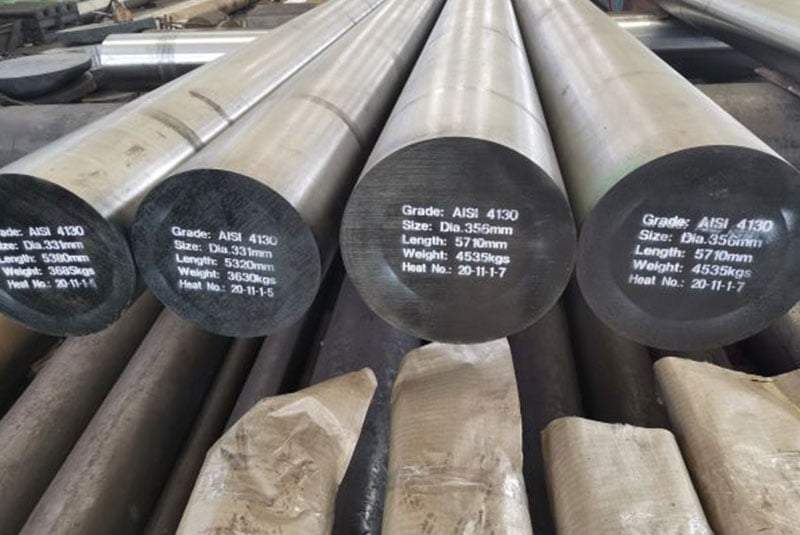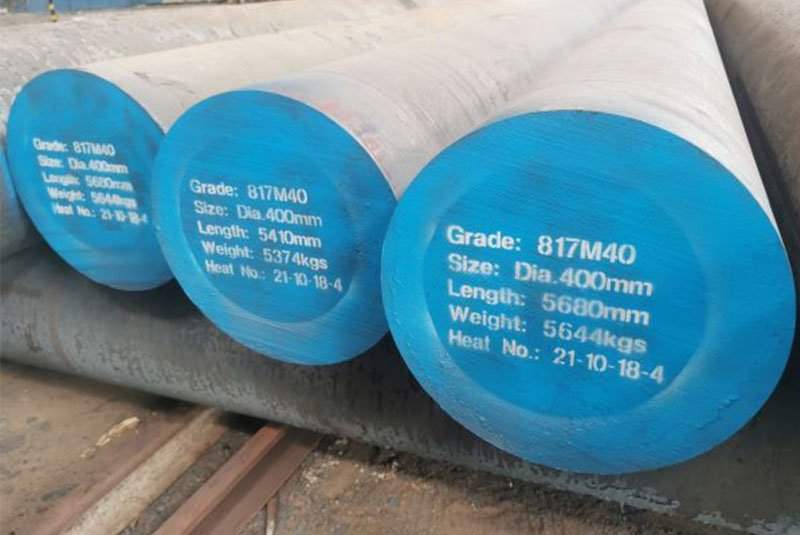Introduction
Alloy steels are a significant component in various industries, offering unique properties that enhance performance and durability. This article delves into the different types of alloy steel, exploring their characteristics, applications, and benefits. Whether you’re an engineer, a contractor, or simply interested in metallurgy, understanding alloy steels can greatly benefit your next project.
Understanding Alloy Steel

Alloy steel is a type of steel that has been alloyed with various elements to improve its mechanical properties. These elements typically include manganese, nickel, chromium, molybdenum, vanadium, silicon, and boron. By adjusting the composition of these elements, alloy steels can be engineered to meet specific needs.
What Makes Alloy Steel Unique?
Alloy steels are distinguished from other types of steel by the addition of alloying elements that enhance properties such as strength, toughness, hardness, and wear resistance. These enhancements make alloy steels suitable for demanding applications where ordinary carbon steel might fail.
Common Elements in Alloy Steel
Manganese: Improves hardness and strength.
Nickel: Increases toughness and corrosion resistance.
Chromium: Adds hardness and wear resistance.
Molybdenum: Enhances strength and heat resistance.
Vanadium: Increases strength and wear resistance.
Types of Alloy Steel
Alloy steels can be categorized based on their composition and intended use. The primary types include:
Low Alloy Steel
Low alloy steels typically contain less than 5% of alloying elements. They offer a good balance of strength, toughness, and wear resistance, making them ideal for structural applications.
Applications of Low Alloy Steel
- Construction equipment
- Pipelines
- Bridges
High Alloy Steel
High alloy steels contain more than 5% alloying elements. They provide superior performance in terms of strength, hardness, and resistance to wear and corrosion.
Applications of High Alloy Steel
- Aerospace components
- Heavy machinery
- Cutting tools
Stainless Steel
Stainless steel is a high alloy steel with a minimum of 10.5% chromium content, which gives it remarkable corrosion resistance. It is widely used in environments where rust and corrosion are concerns.
Applications of Stainless Steel
- Kitchen utensils
- Medical devices
- Chemical processing equipment
Key Properties of Alloy Steel
The properties of alloy steel can vary significantly based on its composition and heat treatment. Here are some key properties to consider:
Strength
Alloy steels can be engineered to have very high strength, making them suitable for heavy-duty applications.
Toughness
The ability to absorb energy and deform without breaking is critical for applications where impact resistance is necessary.
Hardness
Hardness determines the steel’s resistance to wear and abrasion. High hardness is essential for cutting tools and machinery parts.
Alloy Steel Grades
Alloy steels are available in various grades, each designed for specific applications. Understanding these grades can help you choose the right material for your project.
Common Alloy Steel Grades
4140: Known for its toughness and fatigue strength.
4340: High strength and toughness, often used in aerospace.
8620: Great for carburizing applications due to its case-hardening ability.
Table: Comparison of Common Alloy Steel Grades
| Grade | Composition (Elements) | Key Properties | Common Applications |
|---|---|---|---|
| 4140 | Cr, Mo | High toughness, fatigue strength | Shafts, gears, drill bits |
| 4340 | Ni, Cr, Mo | High strength, toughness | Aircraft landing gear, axles |
| 8620 | Ni, Cr, Mo | Case hardening, machinability | Gears, crankshafts, fasteners |
How to Choose the Right Type of Alloy Steel
Selecting the appropriate alloy steel for your project depends on various factors, including the required mechanical properties, environmental conditions, and cost considerations.Considering the specific application of the alloy steel is crucial in determining the best fit for optimum performance and durability. It is essential to evaluate factors such as strength, toughness, corrosion resistance, and machinability to ensure the selected alloy steel meets the project’s requirements effectively. Additionally, consulting with material experts and conducting thorough testing can help in making an informed decision for the most suitable alloy steel for your project.
Factors to Consider
Mechanical Properties: Assess the required strength, toughness, and hardness for your application.
Environmental Conditions: Consider exposure to corrosive elements, high temperatures, or abrasive conditions.
Cost: Balance the material’s performance with its cost to ensure economic feasibility.
Heat Treatment of Alloy Steel
Heat treatment processes can significantly alter the properties of alloy steel. Common techniques include:
Annealing
Annealing involves heating the steel to a high temperature and then slowly cooling it to remove internal stresses and improve ductility.
Quenching and Tempering
Quenching involves rapid cooling to increase hardness, followed by tempering to reduce brittleness and achieve the desired balance of hardness and toughness.Different types of quenching media, such as water, oil, and air, can be used depending on the specific requirements of the material being treated. Water quenching provides the most rapid cooling rate but can also lead to increased distortion or cracking.
Advantages and Disadvantages of Alloy Steel

Advantages
- Enhanced Mechanical Properties: Improved strength, toughness, and hardness.
- Versatility: Suitable for a wide range of applications.
- Customizability: Composition can be adjusted to meet specific needs.
Disadvantages
- Cost: Alloy steels can be more expensive than carbon steels.
- Complexity in Processing: Requires precise control of composition and heat treatment.
Conclusion: Types of Alloy Steel
Alloy steels offer a broad spectrum of properties that can be tailored to meet the demands of various applications. By understanding the different types of alloy steel and their specific benefits, you can make informed decisions for your next project. Whether it’s for construction, manufacturing, or specialized industries, selecting the right alloy steel can enhance performance, longevity, and overall success.
FAQ
What are the most common alloying elements in steel?
Common alloying elements include manganese, nickel, chromium, molybdenum, and vanadium, each contributing unique properties to the steel.
How does alloy steel differ from carbon steel?
Alloy steel contains additional elements that enhance its mechanical properties, while carbon steel primarily relies on carbon content for its properties.
Can alloy steel be used in high-temperature applications?
Yes, certain types of alloy steel, such as those containing molybdenum and chromium, are designed to perform well at high temperatures.
What is the significance of heat treatment in alloy steel?
Heat treatment processes like annealing, quenching, and tempering can significantly alter the mechanical properties of alloy steel, making it suitable for specific applications.
How do I choose the right type of alloy steel for my project?
Consider the required mechanical properties, environmental conditions, and cost. Consulting with a materials engineer can also help you make the best choice.
